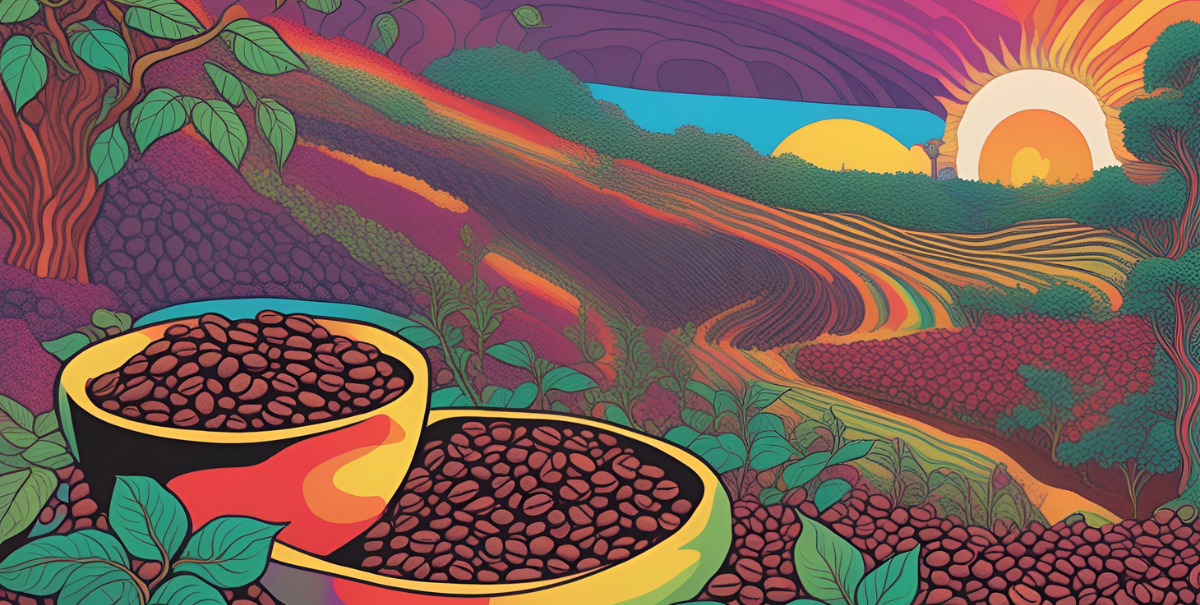Coffee is not just a daily beverage; it is a reflection of the efforts poured into its cultivation and processing. Among the various stages, coffee processing is one of the most crucial factors influencing its flavor and final quality. It is not merely a technical operation but a blend of skill, creativity, and attention to fine details.
The Importance of Coffee Processing
Coffee processing refers to the method of turning ripe coffee cherries into beans ready for roasting. This process begins immediately after harvesting, as the beans are encased in a sugary, sticky layer within the fruit. The way this layer is removed and the beans are dried determines the final flavor profile.
- Diverse Flavors: Coffee can reflect fruity, sweet, acidic, or even earthy flavors, depending on the processing method.
- Quality: The process demands precise timing and control of conditions such as humidity and temperature, as minor errors can ruin the beans.
- Sustainability: Choosing the right processing method can enhance sustainability by reducing water usage and optimizing resource consumption.
Main Coffee Processing Methods
1. Natural Processing
How It’s Done:
This is one of the oldest methods of processing coffee. The whole cherries are laid out to dry under the sun on special surfaces or raised beds. They are turned regularly to ensure even drying and to prevent mold.
Impact on Flavor:
- Highlights fruity notes such as berries, mango, and citrus.
- The resulting coffee has a natural sweetness and heavier body.
- The flavors are often complex and multi-layered.
Regions Used:
- Commonly used in dry climates like Ethiopia and Brazil, where natural conditions favor this method.
Challenges:
- Requires meticulous monitoring to prevent mold.
- Needs ample space and time for drying.
2. Washed Processing
How It’s Done:
This method involves removing the outer layer of the cherries using water and specialized machines. The beans are then placed in fermentation tanks to break down the sticky mucilage layer, washed thoroughly, and dried.
Impact on Flavor:
- Produces clean, crisp flavors with bright acidity.
- The flavor profile emphasizes the inherent qualities of the beans rather than the fruit.
Regions Used:
- Widely used in Colombia, Kenya, and other areas with abundant water resources.
Challenges:
- Requires large amounts of water.
- Needs precise fermentation management to avoid defects.
3. Honey Processing
How It’s Done:
This method is a hybrid between natural and washed processes. The outer skin is removed while retaining some of the sticky mucilage. The beans are dried with this layer intact, imparting unique flavors.
Honey Grades:
- Black Honey: A thick layer of mucilage is left, resulting in rich and bold flavors.
- Red Honey: A medium layer remains, balancing sweetness and acidity.
- Yellow Honey: A thin layer is left, yielding bright and lighter flavors.
Impact on Flavor:
- Offers moderate sweetness, balanced acidity, and a rich body.
Regions Used:
- Popular in Costa Rica and other Central American countries.
Challenges:
- Requires careful control of environmental conditions to prevent mold.
Modern Innovations in Coffee Processing
1. Anaerobic Fermentation
How It’s Done:
- Beans are placed in sealed tanks with no oxygen. They ferment in this airtight environment, developing unique flavors.
Impact on Flavor:
- Highlights extraordinary and unconventional notes like spices and tropical fruits.
- Produces coffee with a distinctive character and perfect balance of sweetness and acidity.
Challenges:
- Demands specialized equipment and meticulous monitoring.
- Requires expertise to manage fermentation effectively.
2. Carbonic Maceration
How It’s Done:
- Inspired by winemaking, this method involves fermenting the beans in sealed containers filled with carbon dioxide, enhancing flavor complexity.
Impact on Flavor:
- Highlights intricate, multi-layered flavors.
- Adds floral and dried fruit notes to the coffee profile.
Challenges:
- Requires advanced equipment and expertise.
- Costs are relatively higher compared to traditional methods.
3. Extended Fermentation
How It’s Done:
- Beans are left to ferment for extended periods, allowing richer and deeper flavors to develop.
Impact on Flavor:
- Produces complex flavors with a more profound body.
- Adds a unique character to each batch of coffee.
Challenges:
- Risk of over-fermentation, which may cause flavor defects.
Choosing the Right Processing Method
The choice of processing method depends on several factors:
- Climate: Dry regions favor natural processing, while wet regions are more suited to washed methods.
- Resources: Availability of water and technical resources.
- Market Preferences: Consumer tastes for specific flavor profiles.
Conclusion: An Art Beyond the Cup
Coffee processing is a journey that begins on the farm and ends in the cup. Thanks to the diversity of processing methods, coffee lovers can enjoy a wide array of flavors that reflect the character of the farm where the coffee was grown. Whether you prefer the fruity notes of natural processing, the purity of washed coffee, or the perfect balance of honey processing, coffee always offers an unforgettable experience in every sip.





Leave a Reply